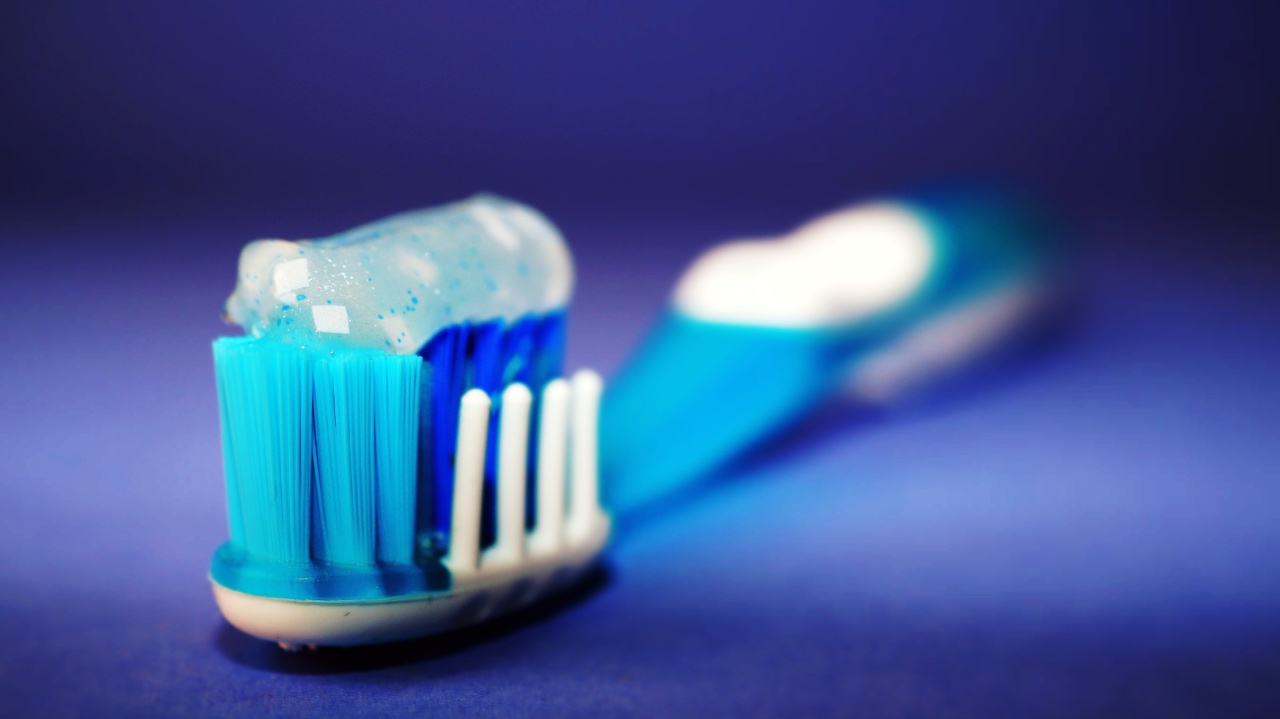Oral hygiene should be an essential part of everyone’s daily routine. Keeping our teeth and gums healthy not only involves brushing and flossing regularly but also choosing the right toothpaste.
With an overwhelming variety of options available in the market, it can be daunting to pick the best one for your oral care needs and preferences. In this article, we will be discussing the basics of oral hygiene and guide you in selecting the right toothpaste for your dental health.
Importance of Oral Hygiene
Good oral hygiene is crucial to maintaining healthy teeth and gums and preventing dental problems such as cavities, gum diseases, and bad breath.
Neglecting oral hygiene can lead to the accumulation of harmful bacteria in our mouth, which can cause inflammation, infections, and even tooth loss in severe cases. Regular brushing and flossing, coupled with visits to the dentist, can help protect and enhance our oral health.
Types of Toothpaste
There is a vast array of toothpaste options available in the market today. Each type has its specific ingredients and benefits, catering to different oral health issues. Here are some of the most common varieties of toothpaste:.
Fluoride Toothpaste
Fluoride is a natural mineral that helps strengthen the enamel, the protective outer layer of our teeth. Fluoride toothpaste is the most common and effective type, recommended by most dentists.
It aids in fighting off bacteria and preventing cavities, keeping our teeth clean and healthy. Adults should choose toothpaste with at least 1350-1500 parts per million (ppm) of fluoride, while children under six years old should use toothpaste with 1000 ppm or less, to avoid ingesting too much fluoride.
Tartar Control Toothpaste
Tartar is plaque that has hardened on our teeth, leading to gum diseases and other dental problems. Tartar control toothpaste helps prevent and break down tartar buildup, reducing the risk of gum issues and bad breath.
These types of toothpaste usually contain zinc citrate or pyrophosphate as their active ingredients.
Whitening Toothpaste
Whitening toothpaste is specially formulated to remove surface stains on our teeth and enhance their brightness. These contain abrasive ingredients such as baking soda or hydrogen peroxide, which can effectively polish and whiten our teeth.
However, it is essential to note that they might not have a significant effect on intrinsic teeth stains and that prolonged use of whitening toothpaste can lead to enamel erosion.
Toothpaste for Sensitive Teeth
People with sensitive teeth usually experience discomfort or pain when consuming cold, hot, or sweet foods and drinks. Toothpaste for sensitive teeth contains potassium nitrate or strontium chloride, which desensitizes the nerve that causes tooth pain.
These types of toothpaste provide relief for sensitive teeth and protect them from further damage.
Natural Toothpaste
Natural toothpaste is made of organic or plant-based ingredients, free of synthetic chemicals or preservatives. They are a good option for people with allergies or sensitivities to conventional toothpaste ingredients.
Natural toothpaste usually contains extracts such as clove oil, peppermint oil, or baking soda, which provide a refreshing taste and maintain oral hygiene without harsh chemicals.
How to Choose the Right Toothpaste
Choosing the right toothpaste can be overwhelming. Here are some factors to consider when picking the right toothpaste:.
Your Oral Health Needs
Your oral hygiene needs should be the most significant factor when choosing the right toothpaste. If you have sensitive teeth, opt for toothpaste that provides sensitivity relief. If you have tartar buildup, go for tartar control toothpaste.
If you have no specific oral health problem, the most common fluoride toothpaste should do the job. Consult your dentist if you have concerns about your oral health.
Fluoride Concentration
The fluoride content in your toothpaste is essential. Adults should choose toothpaste with at least 1350-1500 parts per million (ppm) of fluoride.
Children under six years old should use toothpaste with 1000 ppm or less, to avoid ingesting too much fluoride.
Age and Dentition
Age and dentition affect your toothpaste choice as well. Children need toothpaste with less fluoride, so it’s vital to choose age-appropriate toothpaste.
For individuals with braces or dentures, it’s necessary to choose a toothpaste that caters to those specific needs, such as fluoride toothpaste for braces containing enamel-strengthening ingredients.
Taste and Texture
Toothpaste taste and texture preference can affect how often and willingly you use it. Opt for toothpaste with a flavor you enjoy, whether it’s minty, fruity, or spicier.
The texture can also vary from gel to paste, so choose what feels comfortable and easy to use for you.
Budget
Toothpaste doesn’t have to be expensive to be effective. Most major brands offer a range of options catered to different budgets and needs.
However, we recommend investing in a reputable and trustworthy brand to ensure the safety and quality of your toothpaste.
Conclusion
Good oral hygiene and choosing the right toothpaste are fundamental in maintaining our oral health.
Picking the best toothpaste can be daunting, but knowing your oral health needs, considering fluoride concentration, age and dentition, taste and texture preference, and budget can help you make a wise decision. Remember to brush your teeth twice daily and consult your dentist for additional recommendations and tips on maintaining good oral hygiene.


























